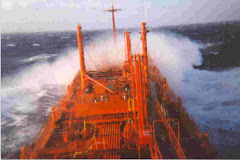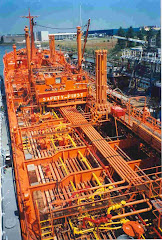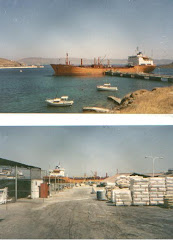US fiscal and monetary policy has been focused on increasing asset prices at any cost. The FED now has a vastly expanded balance sheet. The US has been the importer of the first and last resort with very low savings rate and heavy debt burden. The major problem for the US is how to de-leverage. The US response has been for the Federal government to bail out their major lame duck industries by expanded deficits and massive increase in public debt as opposed to reducing it by write-offs and conversions to equity. The looming risks are higher than expected funding rates, currency devaluation and a reduced debt rating. Lately the US dollar has been weakening and long term treasury rates hardening.
The Chinese have tremendous productive overcapacity and sharply declining export markets. They have a high savings rate and hard cash that they have put into domestic stimulus. They are in a more favorable position than the US since they do not have the debt load to carry. Their stimulus programs are likely to be more effective. Longer term, however, they will have to reduce capacity.
The drybulk market depends on steel production and the construction industry is the biggest source of steel demand in China. The Chinese have been renegotiating their supply contracts to reduce prices since demand has fallen and commodities markets have become weaker. It is very likely that they will in the future change their supply chain management and more cargo will be carried on longer-term contracts of affreightment. They may try to channel more of this business to their national fleet.
We could have some improvement in the fall markets but it is also possible that markets will again weaken and remain sluggish throughout 2010 and even 2011.
There is a considerable range of views between economists because of the complexity of these structural economic changes, major disputes on correct policy decisions and untested responses like the FED quantitative easing. The politics that drive these policy decisions favoring certain groups over others does not guarantee the best allocation of resources or most appropriate course of action so we have to expect backing and filling as events evolve.
As a postscript to this article, this past week there has been a surge in demand for Capesize bulk carriers and rates have soared to US$ 70,000 per day for trip charters. Omar Nokta of Dahlman Rose has made the case that the worst is over for the drybulk sector. He sees vessel values rising 20% or more in the second half of the year. This is based on firming Chinese steel prices and rising demand that brings rates up. Others like Drewry do not see sustained improvement in this sector until 2011. Both have reservations on the vessel order book, but Dahlman place much bigger faith than Drewry in the Chinese demand.
We have discussed the China situation in the above article as well as our previous piece. Short term there will be renewed demand from stimulus programs. Long term, there is likely to be some significant restructuring. In the past, Chinese demand has always exceeded expectations. Looking forward, this is harder to evaluate in view of their excess capacity and over reliance on export markets. If the Chinese choose to restructure and reduce capacity, then the demand factor will be less dominant than previous years.








